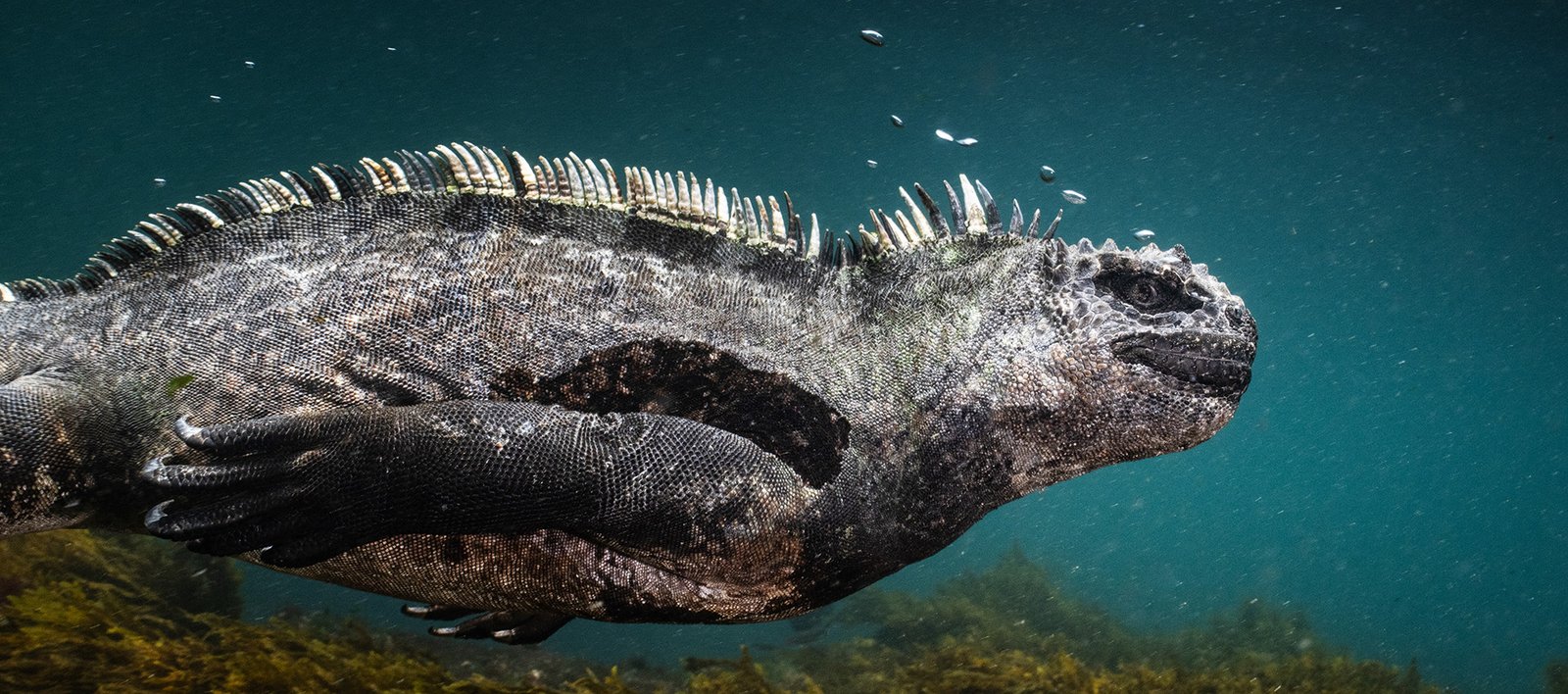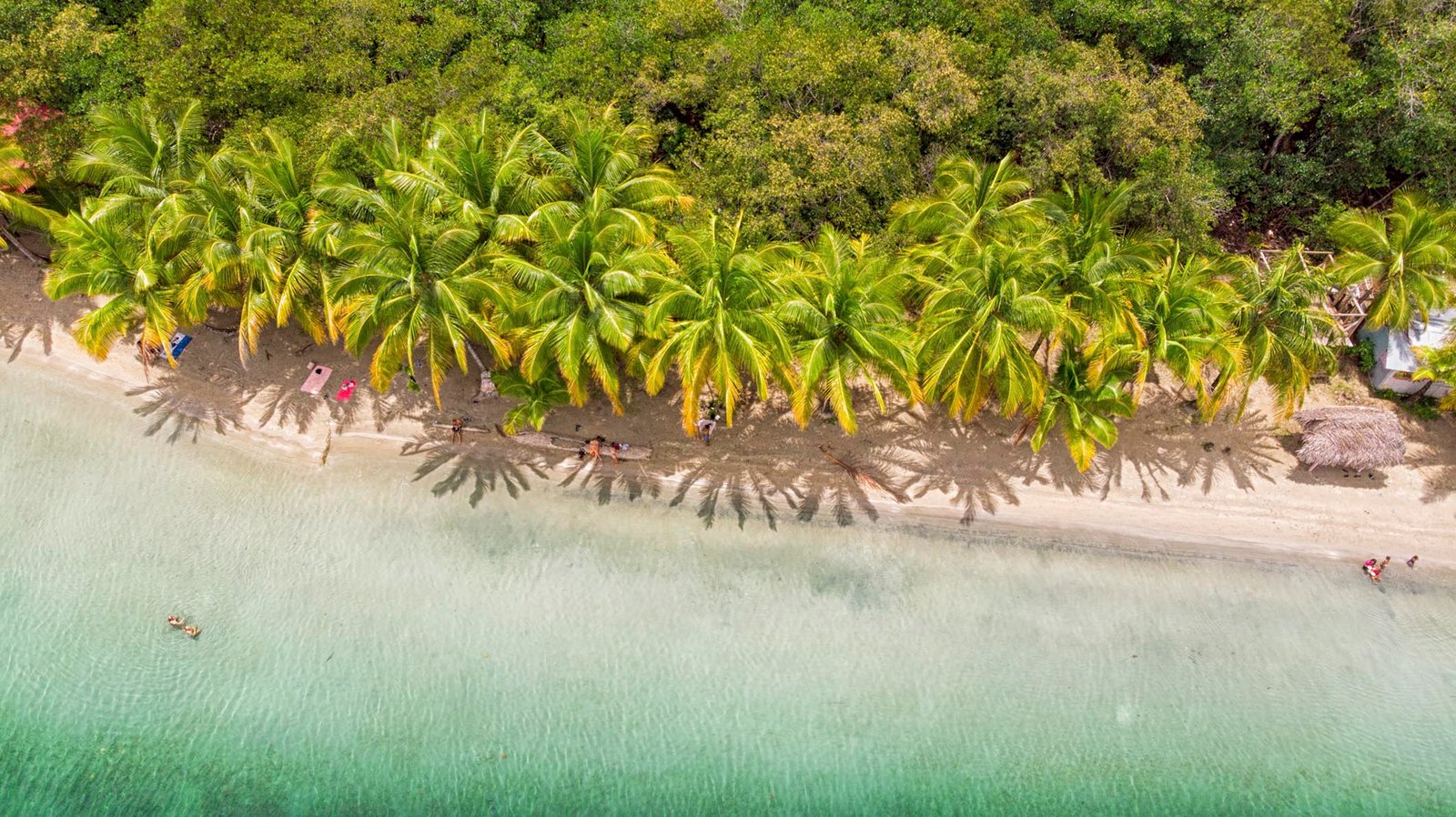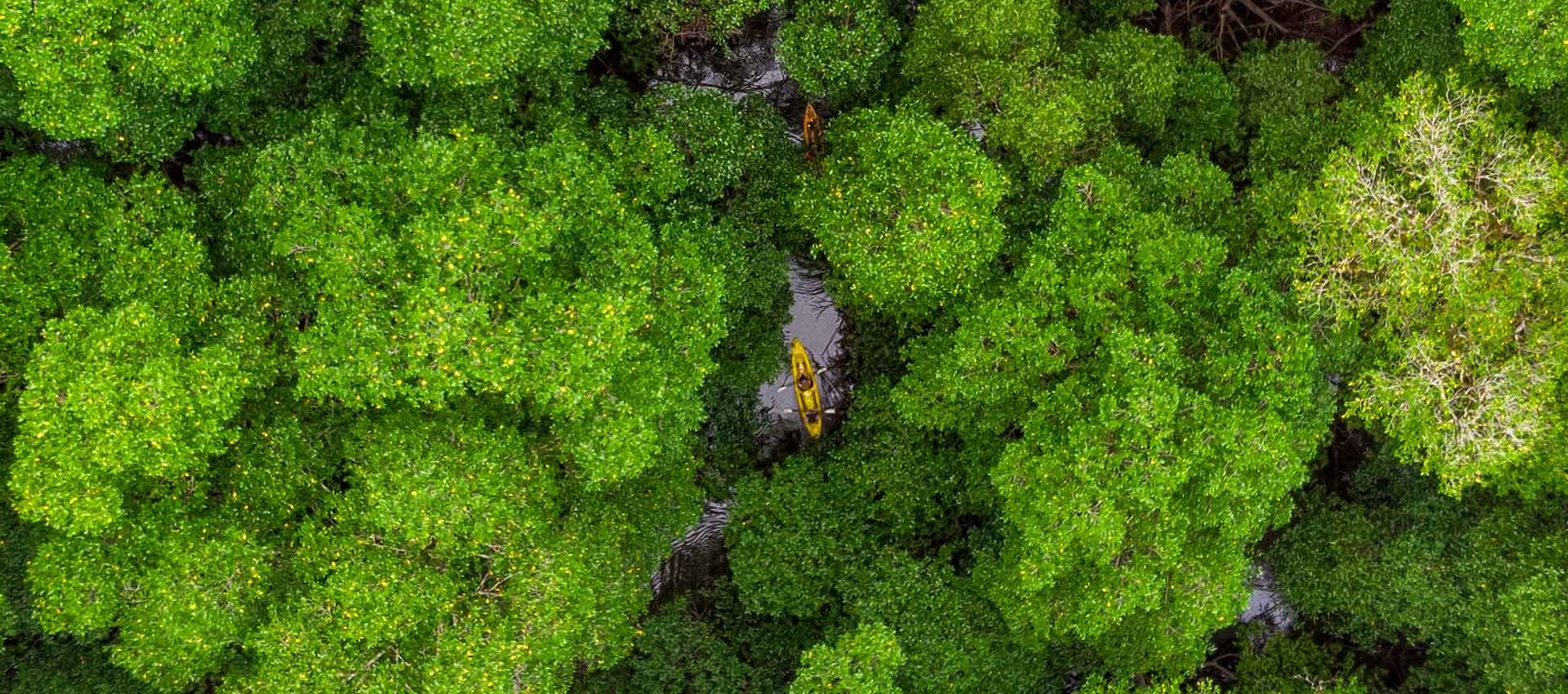
CMAR, Highway of Life
Through Ecuador, Colombia, Panama, and Costa Rica, there runs an underwater highway traveled by giant creatures who move without concern for national borders. The Eastern Tropical Pacific Marine Corridor (CMAR is its Spanish acronym) is a transnational initiative aimed at guaranteeing the free movement of these species and their conservation.
By Javier Pinzón
Photos: Courtesy
Our oceans are home to unimaginably gigantic creatures: whales, dolphins, sharks, manta rays, and sea turtles swim in the vast seas without concern for human-made borders. These creatures, which make up a group known as marine megafauna, require vast areas for their feeding, breeding, and mating grounds in order to maintain healthy populations. They also use marine corridors to move between different habitats, facilitating the flow of genetic diversity in their populations. Appropriate multinational conservation and management measures are needed to protect marine megafauna and preserve healthy ecosystems.
It was for this reason that the Tropical Eastern Pacific Marine Conservation Corridor (CMAR) was created. This unique quadripartite initiative was instituted to preserve one of the most biologically diverse ocean areas in the world. The CMAR, which includes Ecuadorian, Colombian, Panamanian, and Costa Rican waters, is characterized by its extraordinary marine productivity. It provides multiple ecosystem services and allows the distribution of unique marine species, including approximately 160 endemic and migratory species, many of which are threatened or endangered.

In 2004, the San José Declaration brought this conservation dream to life: five protected areas in four countries acting in coordination to protect the fauna and marine ecosystems of the Eastern Tropical Pacific. The Declaration set up the CMAR, focusing its objectives on the conservation and sustainable use of biodiversity and marine and coastal resources in the protected areas and zones of influence of four UNESCO world heritage marine sites: the Galapagos Islands (Ecuador), Malpelo (Colombia), Coiba Island (Panama), and Isla del Coco (Costa Rica), which, along with Gorgona Island (Colombia), constitute the initiative’s five core areas.
The CMAR is managed by a pro tempore presidency and secretariat, giving each country the opportunity to preside for a determined period. In 2022, Panama assumed the presidency; since then, Panamanian Minister of the Environment, Milcíades Concepción, has led the way, with support from the country’s National Director of Coasts and Seas, José Julio Casas, who serves as the CMAR’s pro tempore technical secretary. The secretariat, in collaboration with the four CMAR countries, has been working hard to coordinate implementation of the CMAR action plan though regional activities focused on science, research, and monitoring; effective protected area management; tourism; and responsible fishing. The CMAR also aims to
control illegal fishing and invasive species, as well as to take steps toward mitigating and adapting to climate change, including creating a roadmap for strengthening the CMAR’s governance and financial structuring. All these actions are based on the efforts that each country has been making individually and regionally to raise the CMAR’s standing to unprecedented levels.
Strengthening
Given its extensive area of influence, the CMAR faces a variety of challenges in achieving its objectives. Isa del Coco (Costa Rica) is located 388 miles southwest of Coiba Island (Panama), 391 miles west of Malpelo Island (Colombia), 636 miles from Gorgona Island (Colombia), and about 423 miles northeast of the Pinta Island, in the Galapagos archipelago (Ecuador). The plan to strengthen the initiative includes a large number of activities, from staff training to research that allows for science-based management decisions.
The CMAR is a voluntary initiative that grew out of the responsibilities and commitments taken on by the Environmental Ministries of the member countries. This has allowed members to work in consensus over the course of nearly 20 years; a review process seeking to strengthen this collaboration is currently underway.

New Areas
The CMAR has never stopped growing. Although it already spans five impressive protected areas in four countries, scientific information generated by CMAR partners has identified other zones that are ecosystemically connected to the CMAR’s current core areas. At the last meeting of the Ministerial Committee, held in March 2023, a proposal was presented that suggested exploring the possibility of including new areas within the countries that make up the initiative.
Countries that are not part of the CMAR have joined in the collaborative work, inspired by the scientifically proven connections between marine protected areas. This includes areas such as Revillagigedo in Mexico, and the Clipperton atoll in the French territory of the Tropical Eastern Pacific, which are currently only part of CMAR’s regional working group on protected areas.





Leave a Reply